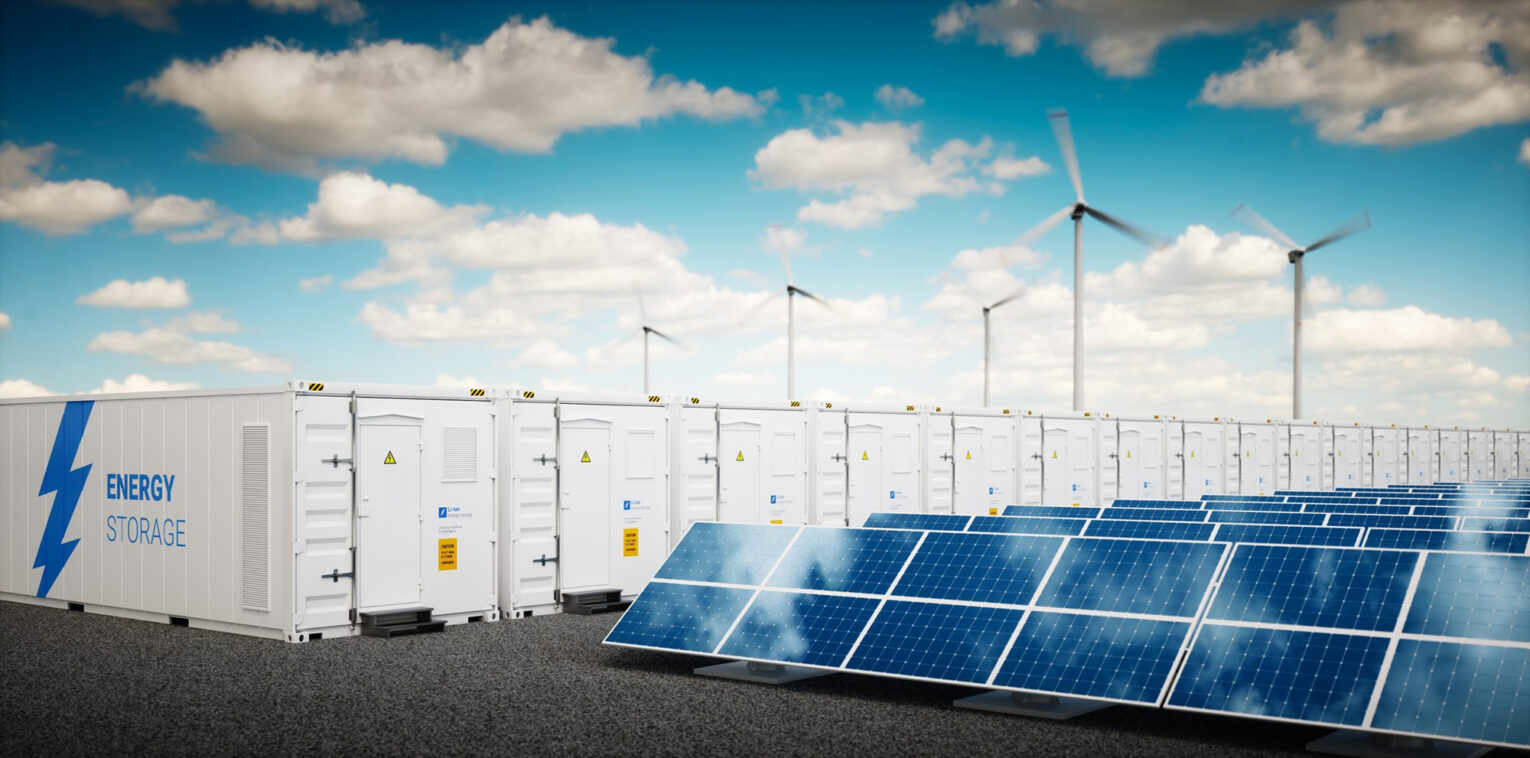Advanced Energy Storage: The Need of the Hour
Introduction
Energy storage plays a vital role in today’s world as the demand for energy is increasing exponentially while renewable energy sources like solar and wind are becoming more mainstream. However, the intermittent nature of these renewable sources poses challenges in integrating them reliably into the existing power grid. This is where advanced energy storage technologies come into play by bridging the gap between energy demand and supply. This article discusses some of the prominent advanced energy storage technologies and their applications.
Battery Energy Storage Systems
Lithium-ion batteries have emerged as one of the most widely used energy storage solutions in recent years due to their high energy density and relatively long lifespan. They are commonly used in consumer electronics and electric vehicles. Their use in grid-scale energy storage applications is also growing rapidly to support the increasing integration of renewable sources into the grid. Some of the major lithium-ion battery technologies used for grid energy storage include lithium iron phosphate, lithium titanate, and lithium nickel manganese cobalt oxide. Besides lithium technologies, researchers are also working on developing next-generation battery chemistries like sodium-ion and solid-state batteries for improved safety, lifespan, and cost.
Flow Batteries
Flow batteries store energy in chemical compounds dissolved in liquid electrolytes contained within storage tanks. They have several advantages over conventional battery technologies for large-scale stationary storage applications as their energy capacity is determined by the size of electrolyte tanks rather than the fixed chemistry inside the battery. This makes their energy capacity scalable. Popular flow battery technologies include Vanadium redox flow batteries and iron-chromium flow batteries. Flow batteries can discharge over long periods and have substantially longer lifespans than conventional batteries, making them suitable for providing power quality services and backup power to utilities and industries. However, their relatively high costs are still a barrier for widespread adoption currently.
Compressed Air Energy Storage
Compressed air energy storage (CAES) systems work by compressing air and storing it in underground caverns or aquifers when electricity is available in surplus. The stored compressed air can be released later to power air turbines and generate electricity during peak demand periods. The first commercial CAES plant was commissioned in 1978 in Alabama. Advanced adiabatic CAES systems use thermal storage to improve round-trip efficiencies. While CAES offers large storage capacities and has been demonstrated at utility-scale, geographical limitations constrain its widespread use as it requires having suitable geological reservoirs.
Pumped Hydroelectric Storage
Pumped hydro energy storage involves pumping water from a lower elevation reservoir to a higher elevation reservoir during off-peak hours by using surplus electric power from the grid. Later when power is needed, the stored water is released through turbines to generate hydroelectricity. Pumped hydro accounts for over 95% of global energy storage capacity currently and offers one of the lowest costs per unit of storage. However, constraints in finding suitable terrains limit its growth potential. Advanced technologies are being developed to use existing hydropower dams or closed loop systems to reduce environmental impacts and geographical barriers.
Thermal Energy Storage
Thermal energy storage (TES) technologies store energy in the form of heat which can be harnessed later to produce electricity or meet thermal needs. Common TES technologies include sensible heat storage, latent heat storage, thermochemical storage, and thermoelectric storage. TES has applications in large commercial and industrial plants for shifting their power demand to off-peak hours as well as in concentrating solar power plants to store solar heat for electricity generation even after sunset. Research is ongoing to improve TES materials and systems to enhance energy density, lifespan, and roundtrip efficiencies. TES also offers an economically viable option for integrating renewable energy at utility-scale.
Applications and Benefits
Advanced energy storage sysytems technologies are playing a vital role in increasing grid reliability and resilience by enabling greater penetration of renewable energy sources like solar and wind. Battery storage is widely used for consumer-scale applications like electric vehicles and in grid-connected energy storage applications for functions like peak shaving, load shifting, voltage support, renewable firming and more. Utility-scale technologies like pumped hydro, compressed air, and thermal storage effectively store large amounts of energy over longer periods for electricity provisioning during prolonged supply gaps. Besides supporting the transition to cleaner energy, energy storage also delivers economic savings from reduced grid infrastructure upgrades, enhanced power quality and reliability for commercial operations.
Conclusion
With continuous technological advancements, energy storage is poised to revolutionize how energy is generated, stored and utilized globally. Both established and emerging energy storage technologies will together enable optimal harnessing and management of renewable power. Widespread deployment of advanced storage also supports electrification in remote areas, disaster relief operations and brings several grid-level benefits. While high costs are still a barrier, falling prices with rising deployment are expected to make energy storage a mainstream solution in the coming years. Concerted efforts towards research, infrastructure development as well as favorable policies will help realize the full potential of energy storage for a sustainable energy future.
*Note:
1. Source: Coherent Market Insights, Public sources, Desk research
2. We have leveraged AI tools to mine information and compile it

